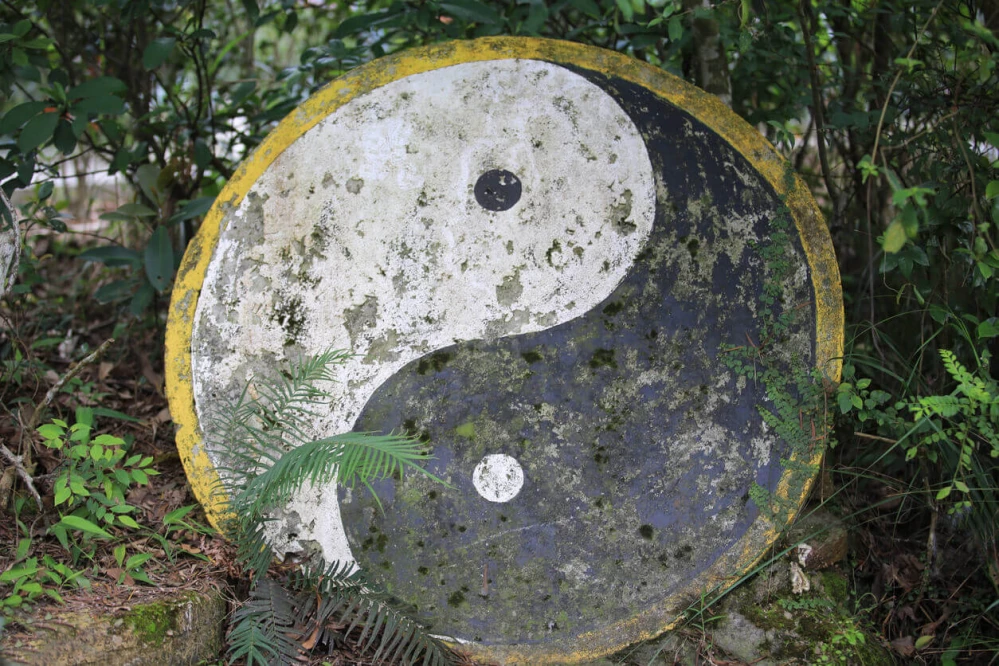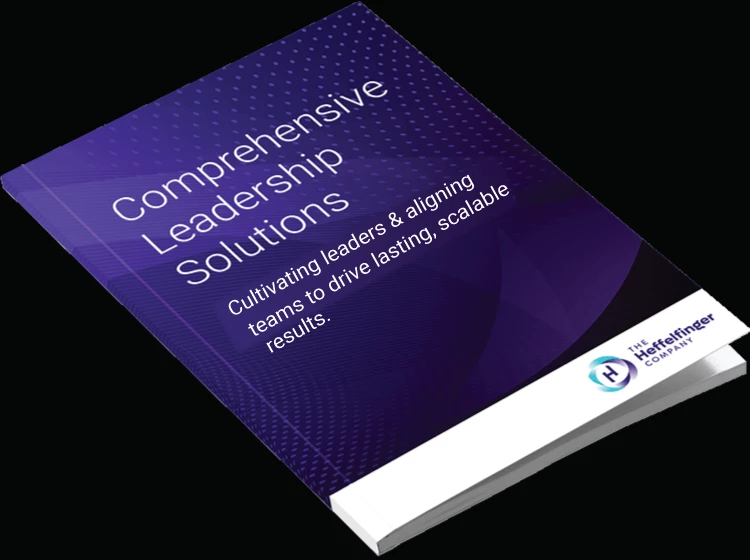"A system is never the sum of its parts; it is the product of their interaction."
~ Russell Ackoff
The purpose of this blog article is to encourage you to step back and see the system(s) to which you belong. Although we will be discussing organization systems primarily in this blog, "seeing systems" does apply to other parts of your life as well.
In this blog, we will cover seeing the big picture, next month we will cover Seeing Patterns of Relationships in Organizational Systems.
Seeing the Big Picture
Barry Oshry wrote in his book, Seeing Systems: "The Paradox of Human Life is that we are parts of larger systems (family, work group, organization, neighborhood, sports team, political party, faith group, nation, plus) but…we are blind to how the structures and processes of these systems affect our everyday lives.”
You may have heard the parable of the Blind men and the elephant –
“A group of blind men heard that a strange animal, called an elephant, had been brought to the town, but none of them were aware of its shape and form. Out of curiosity, they said: "We must inspect and know it by touch, of which we are capable." So, they sought it out, and when they found it, they groped about it.
The first person, whose hand landed on the trunk, said, "This being is like a thick snake". For another one whose hand reached its ear, it seemed like a kind of fan. Another person, whose hand was upon its leg, said, the elephant is a pillar like a tree trunk. The blind man who placed his hand upon its side said the elephant, "is a wall". Another who felt its tail, described it as a rope. The last felt its tusk, stating the elephant is that which is hard, smooth, and like a spear.”
We Only See our Part
As in the parable above, we have our perspective based on where we sit in the system, but we do not see the whole. And rarely do we attempt to learn about other parts of the system in any depth.
Rarely do we seek to understand other parts of the organizational system outside of our own function/business such as Operations or Sales. Nor do we dig into what is different about working at the various Employee Levels within an organization system such as: Associate, Manager/Director, Executive/Principal Level, Board of Directors, Investors or Customers. We have enough going on just staying focused on what we have in front of us and do not have the time to pay attention to other parts of the System.
A simple example of this is an event that James and I recently experienced. While attending an MBA graduation ceremony, we noticed that as soon as graduates received their diplomas, they would get out of their seats and walk out.
But while walking out, they were blocking the view of anyone else still waiting to walk across the stage and have the President of the College hand them their diplomas. Family members were not able to capture photos because others were blocking the aisles.
I was one of the guests trying to take pictures and asked those standing in the aisles if they could move so we could see the graduation. The graduating students seemed slightly embarrassed but even more so, surprised – it had not occurred to them that there they were disrupting others in the system (students who had not yet graduated, family members taking pictures, and speakers who had parting words at the end of the ceremony.
And of course, I was only seeing my part (the guest who wanted to take pictures). I wasn’t the student who had just graduated, nor the one waiting to graduate, nor a parent but I was still part of the System.
We only see the present, but not the past or what led to these experiences in the present. In the present, we see that we are not getting what we want or need (the service we expect, a reply to an email or phone call, information we need to get our job done). But we don't see what led to the lack of response or result we were expecting. So often, something happens, and we react, often poorly.
We have had multiple examples of this during the Pandemic, with the services we are buying. James and I were stuck in St. Louis for 2 days due to flight cancellations and there were very few customer service staff to discuss our predicament with.
The Airline announced the cancellations were “weather-related” and true there was the weather on the East Coast, but I suspect there were other things that led up to those cancellations (i.e., staffing challenges, decreased air travel, and then a surge of air travel creating stress on the airline system). It took us over an hour after the second cancellation to find a new flight.
I was too frustrated to really think about what led up to these delays. But I also know that our fellow passengers we were in line with were double and triple booking themselves on flights to protect themselves and I’m sure this also created part of the backlog we were experiencing in rebooking.
We fail to see we are in a systemic relationship with others. We believe we are acting on our own with perfect sight and control over what we are doing, failing to recognize that our actions impact everyone around us in some way.
Have you ever noticed that when two people on your team are not getting along, it affects the whole team, or when someone leaves the team and a new person joins, the dynamics change again? That is because every one of us is in a systemic relationship with those around us. What each of us does or does not do has much more of an impact on others than we realize.
“If you do not understand your role in the problem, it is difficult to be part of the solution.”
~ David Peter Stroh, Author of Systems Thinking for Social Change
Once you can see systems - you will see you have different choices available. Choices that create new possibilities - new opportunities for leadership, partnership and collaboration, empathy for others, and more curiosity about the world around you.
You may start asking yourself: I wonder why that person, that department, that organization, that family member, is acting the way they are. You will find system issues and relationships you had no clue existed.
Happy hunting…start to see the systems at play, at work, and then zoom out. You might be surprised.
Be sure to check out Part 2: Patterns of Relationships in Organizational Systems.
Let’s work together to help YOU bring powerful, positive change to your organization,
Lori
Lori Heffelfinger and James Jackman
Supporting Business Leaders to transform cultures, teams, and workplaces.
Bibliography:
Oshry, Barry (2007) Seeing Systems: Unlocking the Mysteries of Organizational Life







